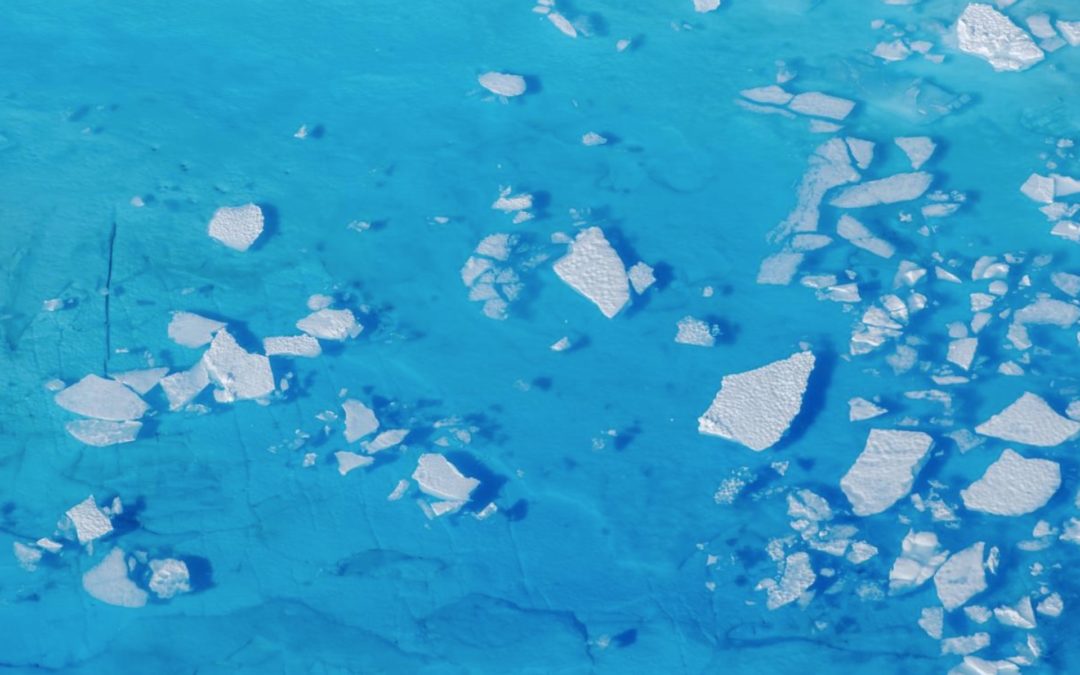SOURCE: Reuters
DATE: August 27, 2020
SNIP: As melting sea ice opens the Arctic to navigation, more ships are plying the loosely regulated polar waters, bringing increasing amounts of climate-warming pollution, a Reuters analysis of new shipping and fuel-consumption data shows.
Traffic through the icy region’s busiest lane along the Siberian coast increased 58% between 2016 and 2019. Last year, ships made 2,694 voyages on the Northern Sea Route, according to data collected by researchers from the Centre for High North Logistics at Norway’s Nord University.
The trade is driven by commodities producers – mainly in Russia, China and Canada – sending iron ore, oil, liquefied natural gas (LNG) and other fuels through Arctic waters.
Even the COVID-19 pandemic, which has significantly slowed shipping worldwide as supply chains have been disrupted, has not prevented traffic increasing on the Arctic artery. Ships made 935 voyages in the first half of 2020, up to the end of June, compared with 855 in the same period last year, the data shows.
The increase in shipping is a worry for the environment. As those heavy ships burn fuel, they release climate-warming carbon dioxide as well as black soot. That soot blankets nearby ice and snow, absorbing solar radiation rather than reflecting it back out of the atmosphere, which exacerbates warming in the region.
“The driving concern is the reduction of Arctic sea ice and the potential for more shipping,” said Sian Prior, lead adviser with the Clean Arctic Alliance. “We are already seeing that happen.”
LNG tankers make up the largest proportion of traffic on the Northern Sea Route. They alone burned 239,000 tonnes of fuel in 2019, versus only 6,000 tonnes in 2017.
The Northern Sea Route, which traces the coasts of Siberia and Norway, is the region’s busiest artery. It allows cargo ships to save at least 10 days sailing between Europe and Asia, shipping specialists estimate.
The route is about 6,000 nautical miles shorter than sailing via Africa, and 2,700 nautical miles shorter than sailing through the Suez Canal.
This year, unusually warm weather over northern Russia caused an early retreat of sea ice from Siberia.
That heatwave, which scientists have linked to climate change, had opened up the Northern Sea Route by the second half of July, marking the earliest complete thaw of that area yet recorded, scientists at the University of Colorado Boulder’s National Snow and Ice Data Center say.
As summertime heat shrinks the sea ice further, traffic is expected to become even heavier.
Russia in particular is driving trade through the region by developing energy and mineral projects in the Arctic, Stokvik said. President Vladimir Putin has set a target of transporting 80 million tonnes of cargo annually via the Northern Sea Route by 2025, more than twice what it ships today.

